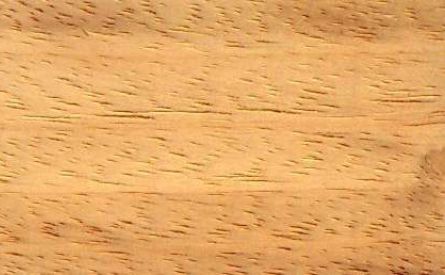BRAZILIAN FIRE TREE
Zorra / Schizolobium parahyba

Local Names
Brazilian Firetree, Plumillo, Quam, Serebo, Chapulaltapa, Gallinazo, Gavilan, Copte, Judio, Pashaco, Batsoari, Tambor, Bocurubu, Guapiruvu, Bandarra, Bucuruva, Guapurubu, Ficheira, Pataqueira, Pau-de-vintém, Pau-de Canoa, Faveira, Parica, Faveira-Branca.
Distribution & Tree
Widely distributed across the tropical and premontane forests, zorra’s concentrated along the Atlantic coast of Central and South America. The tree reaches heights of 30-35 meters with trunk diameters up to 1 meter and high buttresses. Bark is a smooth, gray-green. During its blooming season, the usually leafless trees become a mass of color with their melliferous, yellow flowers. The species occurs on plains and hillsides, preferring semi-open areas and tolerating clayey, rocky and karstic soils well. It’s an extremely fast-growing tree (growing as much as 8 meters by age 3) and, for this reason, has been planted in Ecuador, Guatemala and Costa Rica for pulp and plywood.
Wood Appearance
The wood is straw-colored to reddish brown with pinkish zones with a pronounced ribbon figure and silky tone. It lacks a clear transition between heart and sapwood. Texture is coarse and fibers straight or interwoven. Luster is medium.
Processing Properties
The wood saws easily and well, though end cuts may be wooly. It planes readily to a good surface and turns rapidly. It may finish rough but is readily sanded smooth and finishes well. It peels well and is easy to glue, but nailing and screwing is poor. Possesses good dimensional stability.
Strength & Durability
The wood is soft and light. It’s highly permeable and amenable to treatment. Not highly resistant to decay (class 4 under ASTM D 2017-5; class IV-V under EN 350-2). Not resistant to termites or other borers. It reputedly withstands intermittent exposure to salt water well.
Wood Uses
Boat building (general), boxes and crates, cabinetmaking, door frames, canoes, concrete formwork, food containers, furniture, interior joinery, matches, plywood, chipboards, particleboard, pulp/paper products, toys, turnery, veneer (back or face), indoor panels, trim, door core, ceilings, percussion instruments and shoe heels. Used to product wood-plastic composite (WPC).
Ecological & Social Importance
The leaves contain water-soluble substances that act as antidotes to the highly venomous bites of Bothrops snakes.
| Reference Species with Similar Density & Hardness | ||||
| Technical Characteristics | Brazilian Firetree | Yellow Poplar | Eastern White Pine | |
| Density | kg/m3 | 320 | 460 | 400 |
| Janka Hardness | kgf | 144 | 245 | 172 |
| Bending Stiffness (Modulus of Elasticity) | GPa | 7.8 | 10.9 | 8.6 |
| Bending Strength (Modulus of Rupture) | MPa | 51.0 | 69.7 | 59.3 |
| Crushing Strength | MPa | 34.0 | 38.2 | 33.1 |
| Shrinkage, Radial | % | 4.5% | 4.6% | 2.1% |
| Shrinkage, Tangential | % | 8.1% | 8.2% | 6.1% |
| Shrinkage, Volumetric | % | 12.8% | 12.7% | 8.2% |
| T/R Ratio | 1.8 | 1.8 | 2.9 | |
| Values determined at 12% humidity - Provided for reference only | ||||
|---|---|---|---|---|
DENSITY
JANKA HARDNESS
BENDING STIFFNESS
BENDING STRENGTH
CRUSHING STRENGTH
SHRINKAGE
Values are for reference only and cannot be guaranteed. Wood is a natural material and physical and mechanical properties may vary depending on age, genetics, and other factors. We encourage customers to consult the references provided in the bibliography. For further explanations of wood’s key technical characteristics, an excellent resource is the Wood Database with articles on Density (average dried weight); Janka hardness; Elastic Modulus; Rupture Modulus; Crushing Strength; Radial, Tangential and Volumetric Shrinkage.






